News & Media
An examination of the violation of human rights on social media
The fourth industrial revolution (4IR), with the fifth industrial revolution (5IR) looming, has ushered in a new wave of digital technologies and advanced networking systems that have drastically impacted the way we conduct day-to-day life, business and communicate with one another on a global scale, with social media being the primary tool of use for many people. However, this wave of innovations also comes with potential risks whilst carrying advantages and opportunities.
Despite these technology developments, there is a slow-paced development of laws that speak directly to social media use with direct provisions that protect people against malicious uses of social media.
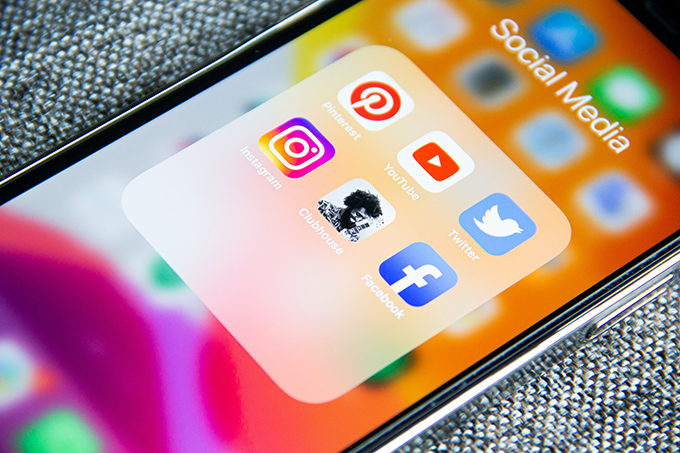
Social media as a tool to uphold human rights
Social media and 4IR combined have heightened awareness of human rights violations and facilitated advocacy efforts leading to a strengthening and backing of existing international and domestic laws meant to protect and promote human rights.
Social media platforms have also helped advocacy efforts to monitor and document human rights violations, draw attention to human rights issues, communicate human rights messages and broaden access to knowledge and information. There are many instances where people were held accountable and human rights preserved through social media. For example, in November 2022, a man with the Facebook name Mlungisi Malase posted a photo of a minor with a caption that sexualised the child. Within hours, his employer, PEP Stores, was alerted to the post, and they responded with their intention to hold the man accountable with a tweet reading "We will escalate the matter to the relevant team for investigation and necessary measures will be taken".
This is evidence of the positive change that technology, through social media, has in terms of upholding human rights and holding those accountable who will potentially tamper with the rights of others. With the increased access to data analytics, 4IR has improved the ability of civil monitoring initiatives to track human rights violations and advocate for equitable policies.
The other side of the coin
However, although some technologies may come with positive impacts on the lives of different people, some of the new technologies such as artificial intelligence (AI), facial recognition software and other algorithmic systems can be misused to facilitate monitoring and surveillance of individuals, violating their basic civil liberties.
Some technologies can facilitate automated decision-making based on data, which can lead to decisions that are biased or discriminatory. Social media, on the other hand, can have a negative impact on human rights laws, as increased connectivity can lead to increased censorship, intimidation and surveillance of individuals.
In October 2022, a TV show presenter, Katlego Maboe, was removed from the TV show Expresso and subsequently OUTsurance, a company he has done adverts for, removed his adverts, all this as a result of a video of him circulated on social media regarding alleged infidelity he had committed against his partner. Arguably, the matter had nothing to do with his personal life, however, the two entities he worked for still dismissed him following the above-mentioned social media post.
Some employers also do background checks of social media activities of their potential employees, which can hinder one from securing employment if one has posted anything that goes against the employers’ preference even if it is not morally wrong or criminal.
Social media can be used to spread false information and disinformation, which can be used to target certain groups and perpetuate hatred. Furthermore, companies can use data gathered from social media to discriminate against people, such as those belonging to particular religious or political groups. Additionally, social media can be used to infringe on human rights such as the right to privacy and the right to human dignity.
A few months ago, I came across a TikTok user whose content featured a young woman who, according to comments, is a drug addict. In the videos the lady does not consent to being recorded. Instead, the TikTok account owner simply records her while talking to her. In all videos, she is in her worst physical state with unwashed clothes. Moreover, the lady is seen in all these videos as sad and unhappy with being recorded. At times she does not reply to the TikTok account owner talking to her unless he offers her a few coins.
The dangers of commercialisation
The behaviour of taking videos or photos of people, especially in compromising, embarrassing and undignified states, has become very prominent on social media. People even perform pranks on strangers in public places and post their videos without their consent.
With social media becoming even more commercialised, the need for people to gain more followers is growing exponentially and leads to most people desperately collecting any content that can get them more followship or likes from other fellow users. On TikTok, as an example, one can apply for the TikTok Creator Fund if they have a followship of over 10 000 followers, whilst on YouTube one needs over 1 000 subscribers and 4 000 watch hours in the past year to start getting paid by the video sharing company.
Although the commercialisation of social media is positive particularly in addressing unemployment and generally creating more avenues for content production, some users negatively use the social media networks, and little is done by the social media companies to educate their users about their conduct on social media and the respect of human rights. This is the case despite most social media companies having community standard policies that prohibit hate speech, bullying and harassment, nudity and sexual activity, violence and graphic content, and fake accounts and spam, and also content that impact on minors’ safety and intellectual property.
Be that as it may, social media users are still able to post content that is prohibited by the social networks’ policy until the content is reported, and has been verified as going against the social network’s community standards. Only then can such content possibly be removed and the little accountability that the user who posted such content can incur is being removed from social media for a few days or the account being suspended. Bearing the above in mind, social media users are still able to post content that transgresses the rights of others
There are many instances where, despite these community standard policies of social media networks being in place, people’s rights have been violated, Many times, people are unaware of the violation. For example, in recent times a homeless man called Alostro gained popularity on social media for his humour in videos that people record when they speak to him. Alostro is a homeless man with no phone and therefore does not get to benefit from his social media fame in any way. Instead, it is those who record him who stand to get more followers and likes. Be that as it may, the homeless man does not consent to any video of him being taken nor of these being shared on social media, which is a violation of his rights.
Legislative remedies
The Protection of Personal Information Act (POPIA), Electronic Communications and Transactions Act, and the Constitution of the Republic of South Africa protect the rights of citizens in respect of them being video recorded or photographed and such recordings or photographs being posted on social media without their consent. There is also an alarming trend of teachers who post videos and photos of minors which often humiliate the child; they are intended to be funny to other social media adult users. Similarly, some public pranks are humiliating to the person who is recorded, whilst intended to be funny to other social media users. These are some instances where human rights are violated and go without recourse.
Social media can be a positive tool for the society and its users at large. However, the lack of accountability and compliance of the community standards threaten human rights. As such, there needs to be clear definitive legislature that outlines social media use guidelines with respect to human rights. Additionally, people must be educated of their human rights and those of others in respect of social media.
Moreover, social media networks must strengthen enforcement of their social media policies with regards to community standards to ensure that the violation of human rights does not occur on their platforms, and that if it happens, there is recourse from their side. Scholars and researchers need to also intensify their work on the subject and conduct more solution-based research on it.
* By Shatadi Phoshoko, Secretary-General, Unisa National Student Representative Council
Publish date: 2023-04-11 00:00:00.0


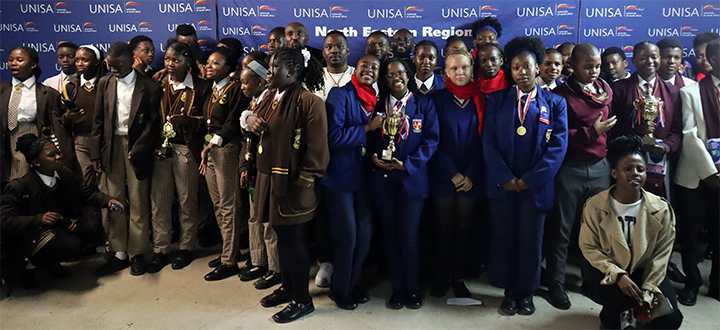 Honouring Dr OK Matsepe's legacy through debate
Honouring Dr OK Matsepe's legacy through debate
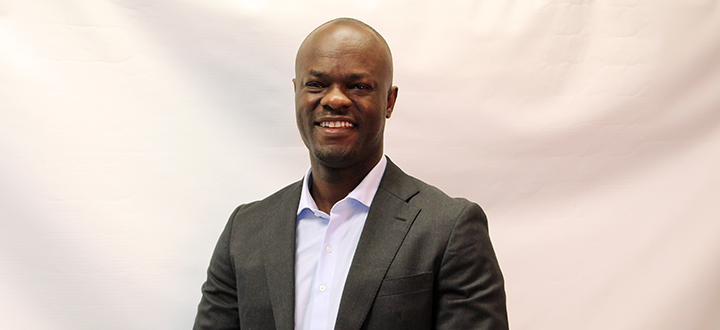 Unisa astrophysicist receives prestigious Royal Society award
Unisa astrophysicist receives prestigious Royal Society award
 Unisa's eminent women academics recognised for science excellence
Unisa's eminent women academics recognised for science excellence
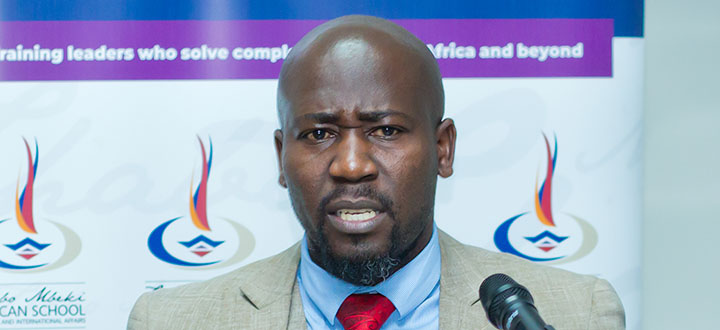 Illicit trade in Africa’s natural resources: Experts sound the alarm at Unisa seminar
Illicit trade in Africa’s natural resources: Experts sound the alarm at Unisa seminar
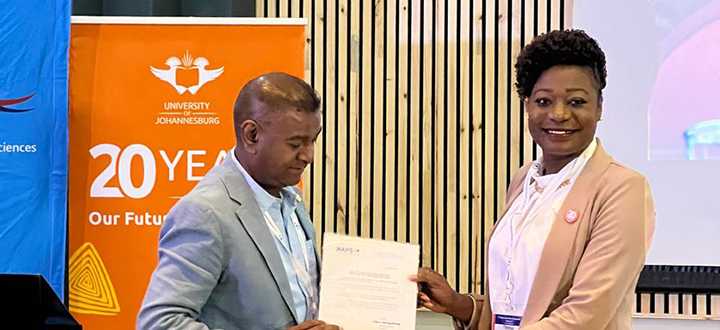 Unisa co-hosts major operations management conference
Unisa co-hosts major operations management conference